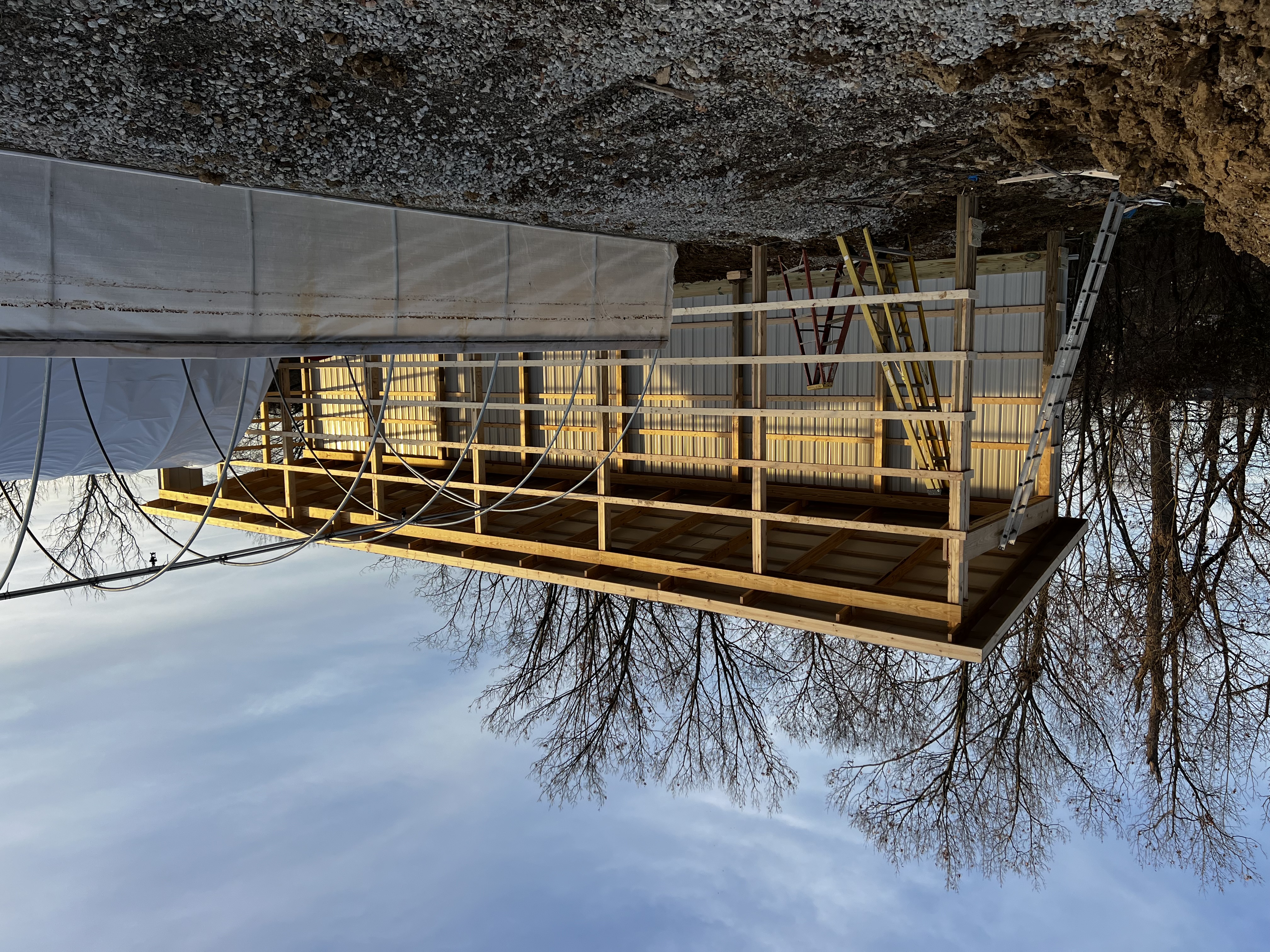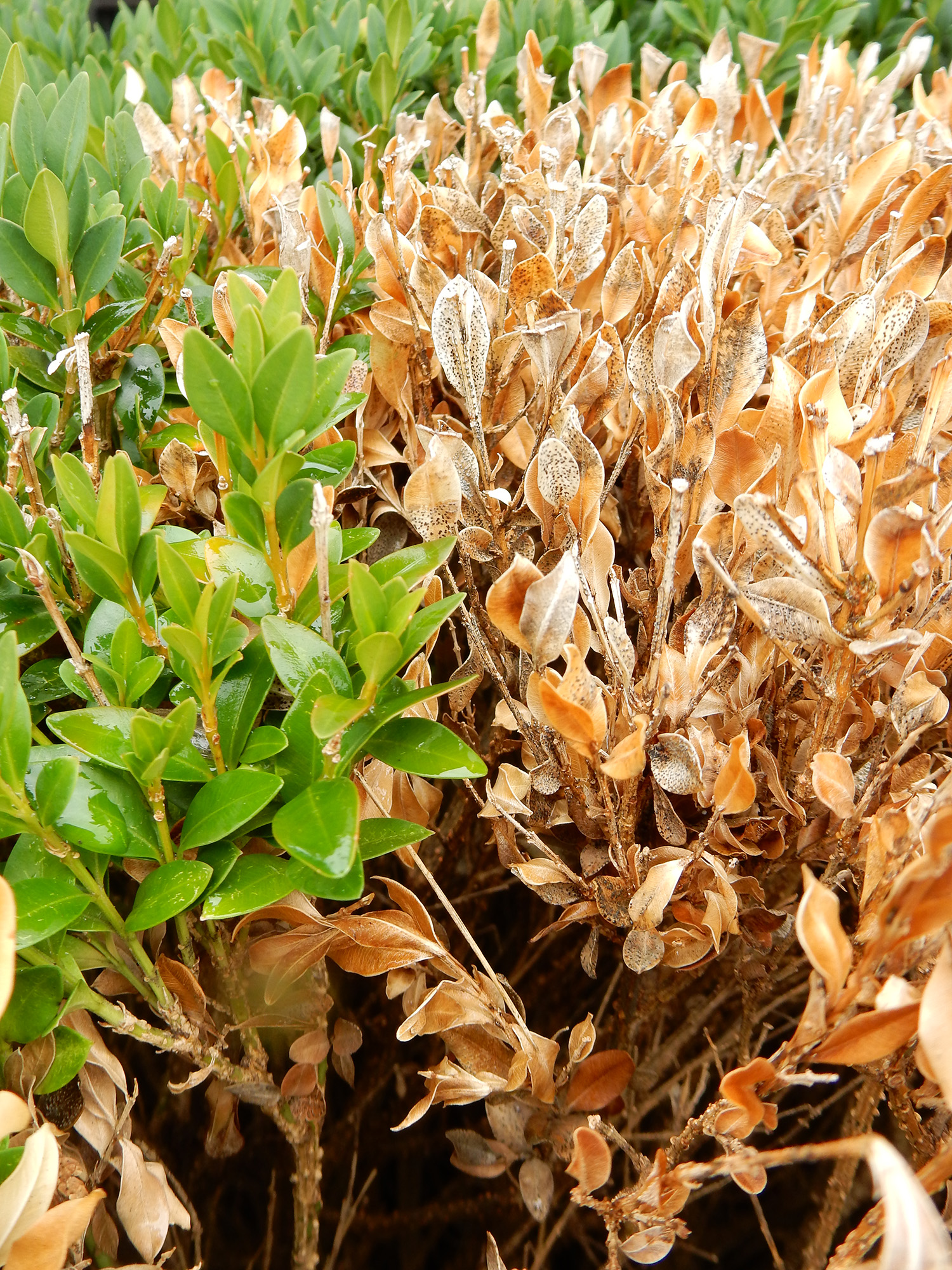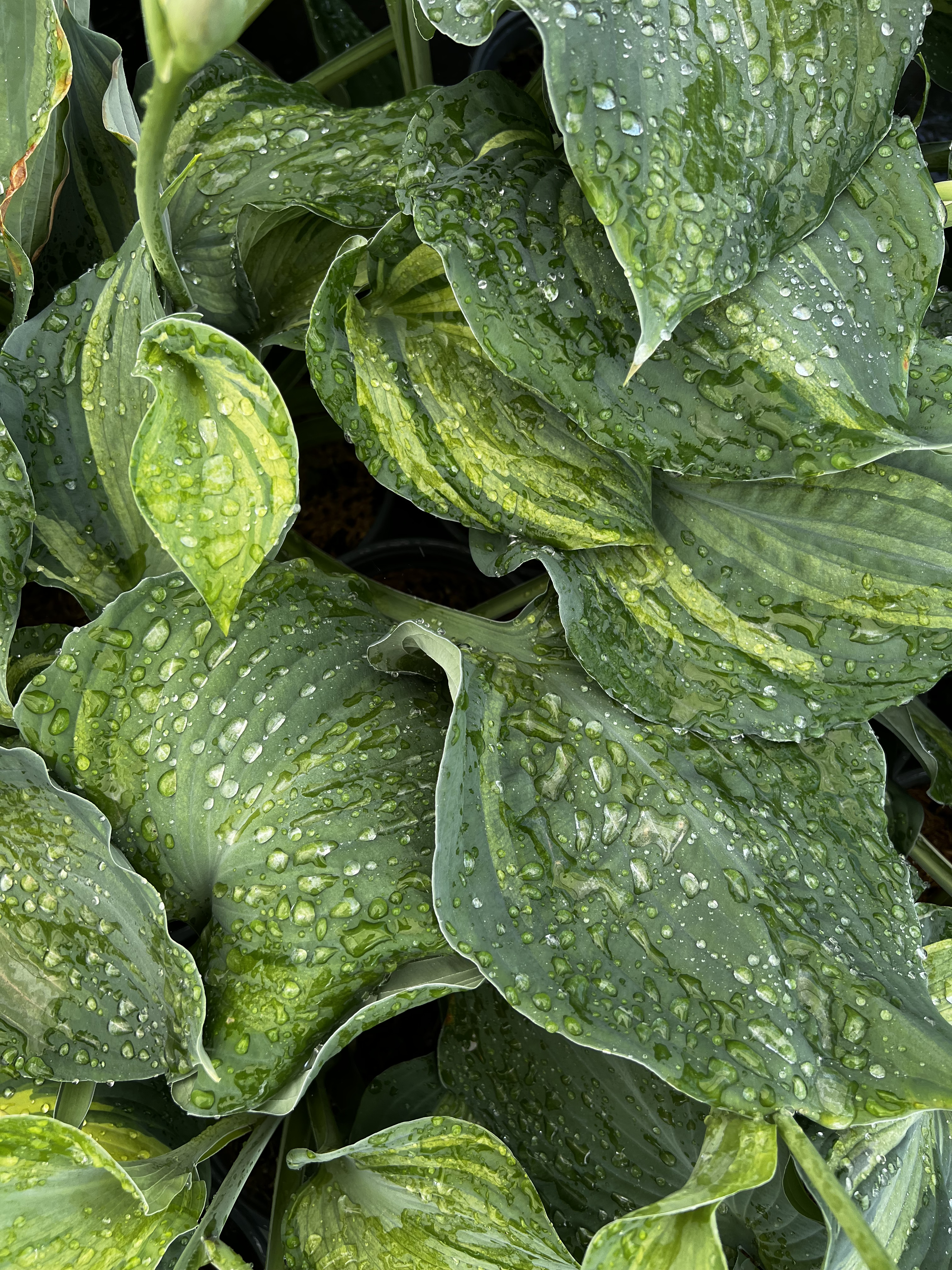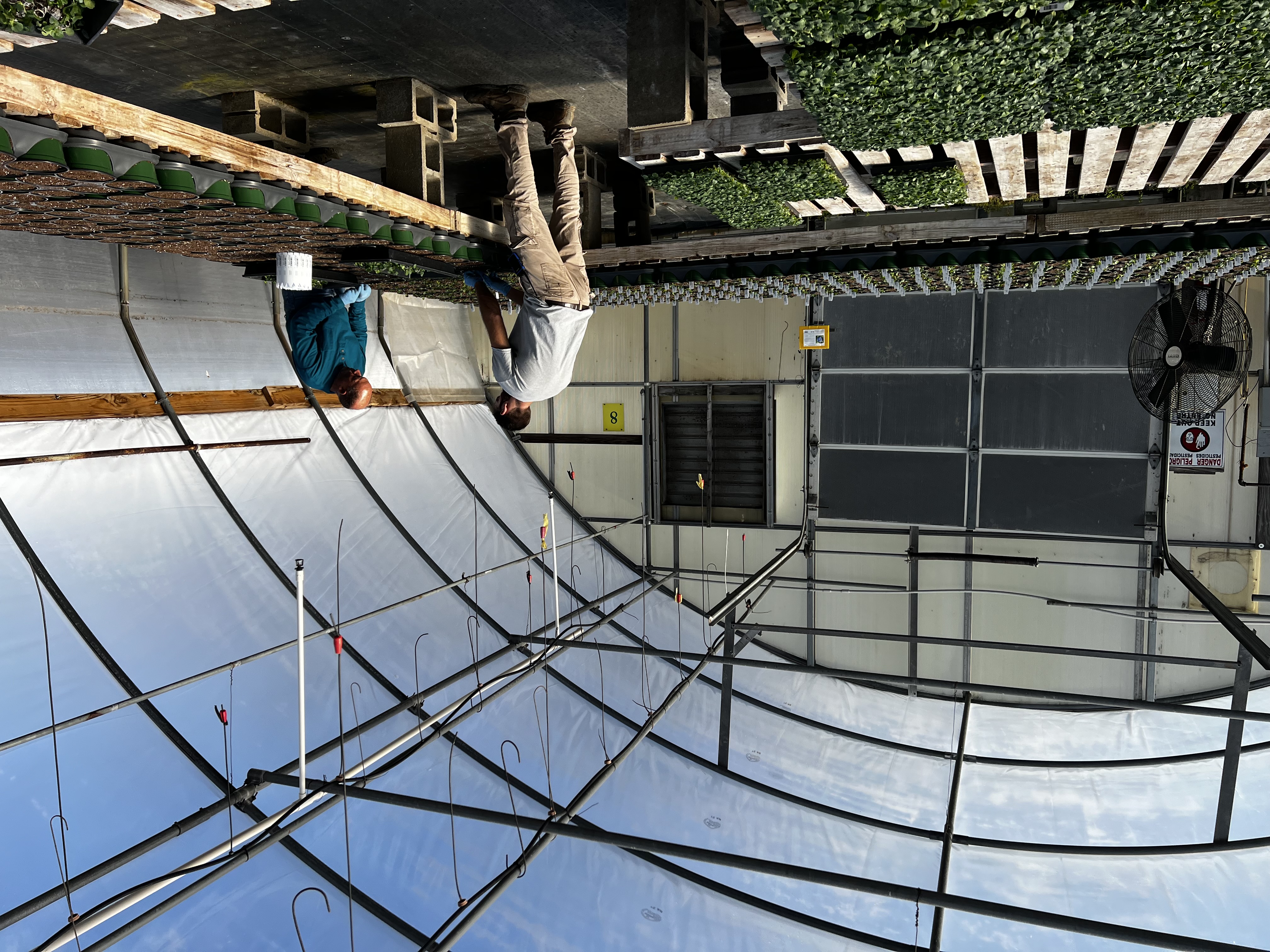Gardener's Notes

Construction on the Farm
Winter is a great time for projects! At this point in the season, the plants require (slightly!) less maintenance and with less foot traffic throughout the farm we can start working on some of our end of year
.jpg)
Planning for Spring Planting - 2024 Annual Update
Winter planning, and planting, is in full swing at Greenfield! Some of our spring annual crops are already in their pots, with more to be completed this upcoming week. We have also finalized the annual varieties that we
2024 Informational Handouts
Need some help? Here is a list of our current handouts that you can access online! Choosing the Best Hydrangea for Your Yard A Guide to Pollinators Boxwood Alternatives Planting and Watering

Construction on the Farm
Winter is a great time for projects! At this point in the season, the plants require (slightly!) less maintenance and with less foot traffic throughout the farm we can start working on some of our end of year

Alternatives for Boxwood Shrubs
What is going on with Boxwoods?! Gardeners in our area have had their fair share of struggles this past year. One prominent one that has affected entire neighborhoods goes by the name of Volutella. This blight greatly

Watering Guide
Watering Guidelines The best time to water is early morning. Avoid evening watering. If evening watering is necessary, try to finish 2 hours before dusk. To water groups of plants, an oscillating sprinkler

Preparing for Spring with Pansies
There is never a dull moment at Greenfield! In September and October, the plants were moved around and consolidated for the winter. In October and November, the retail season ended and the houses were covered with
